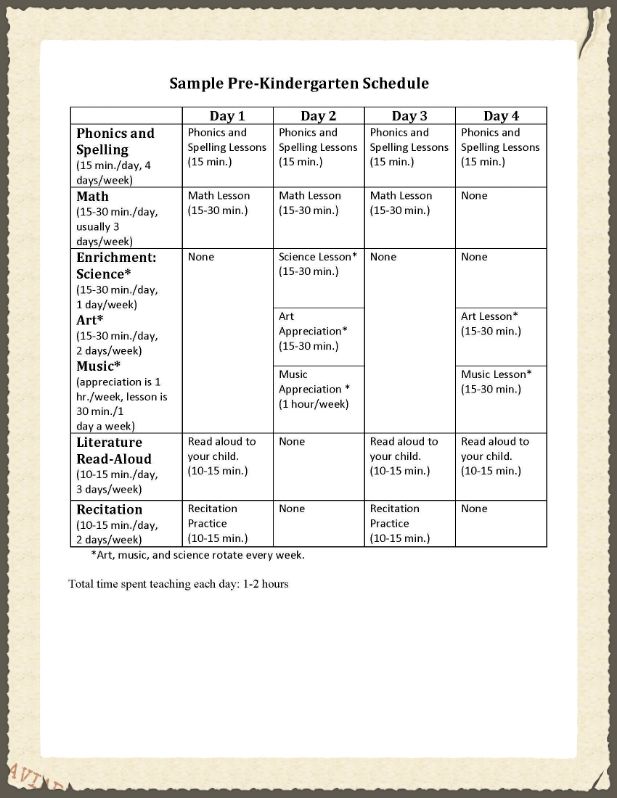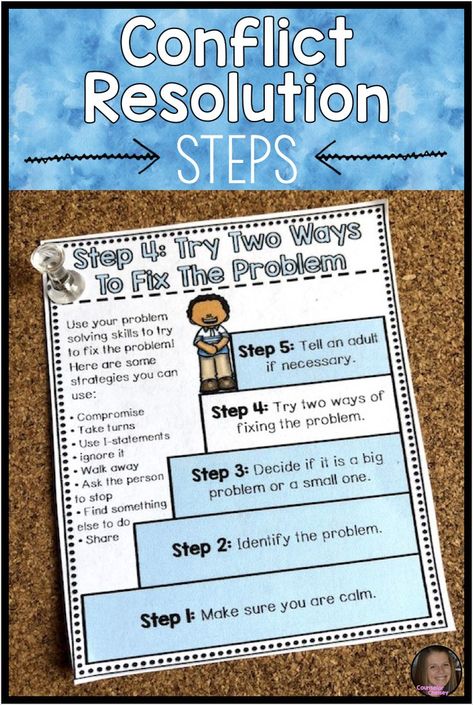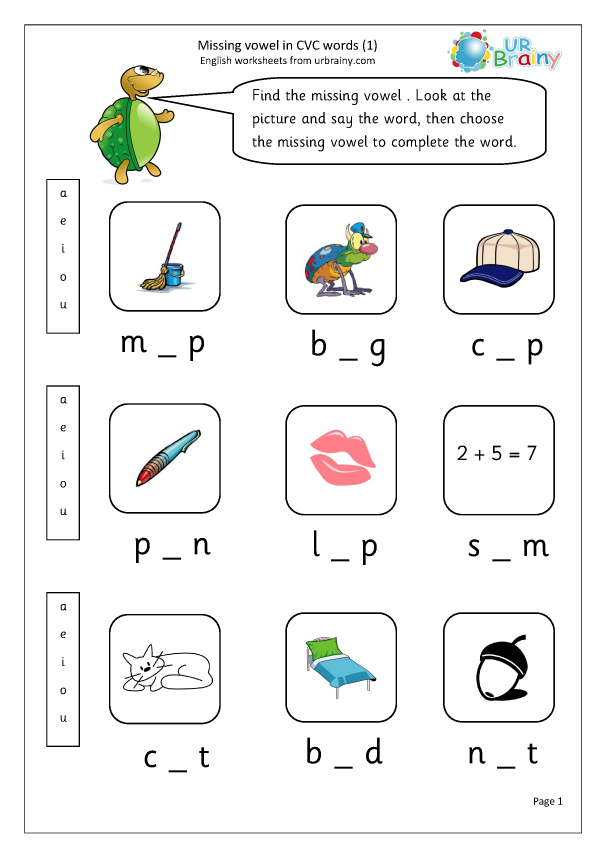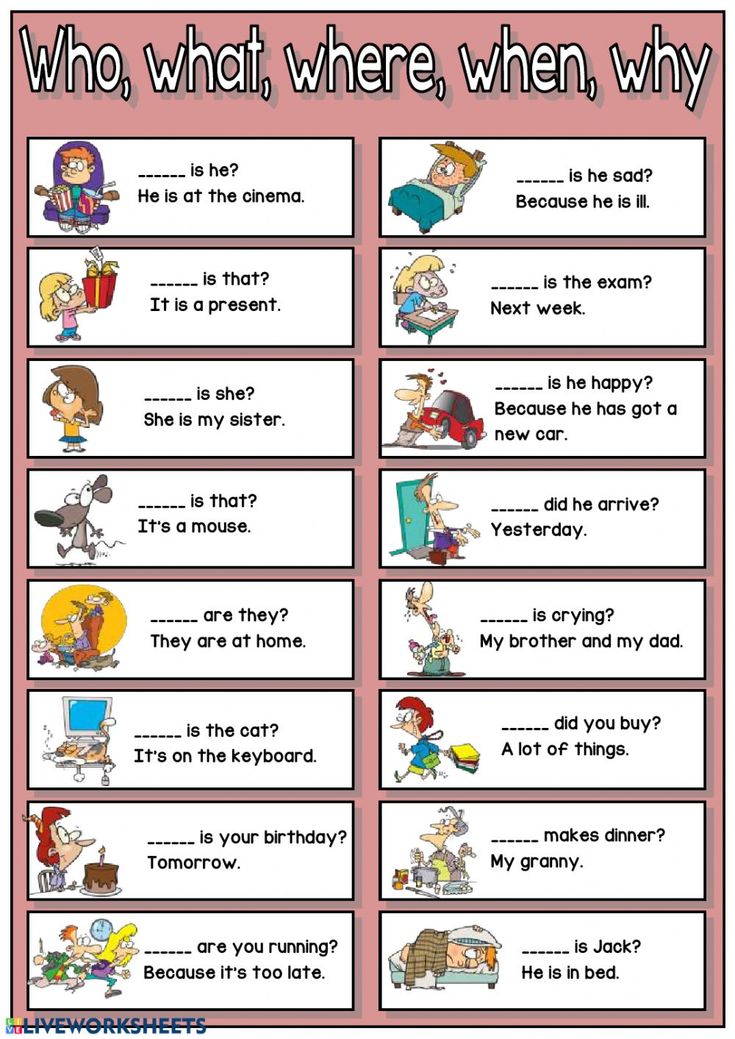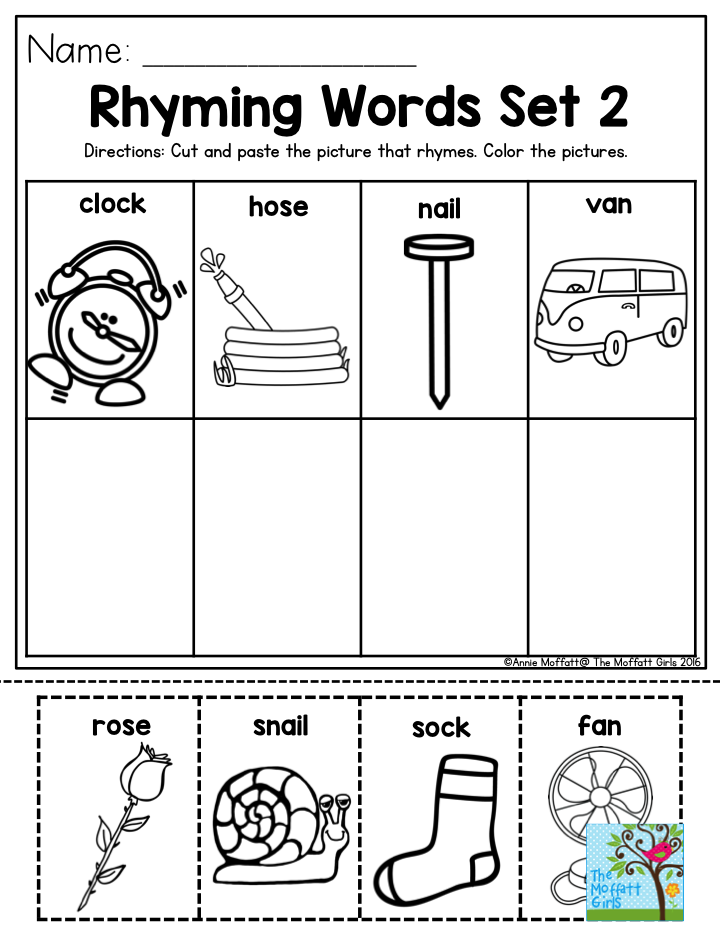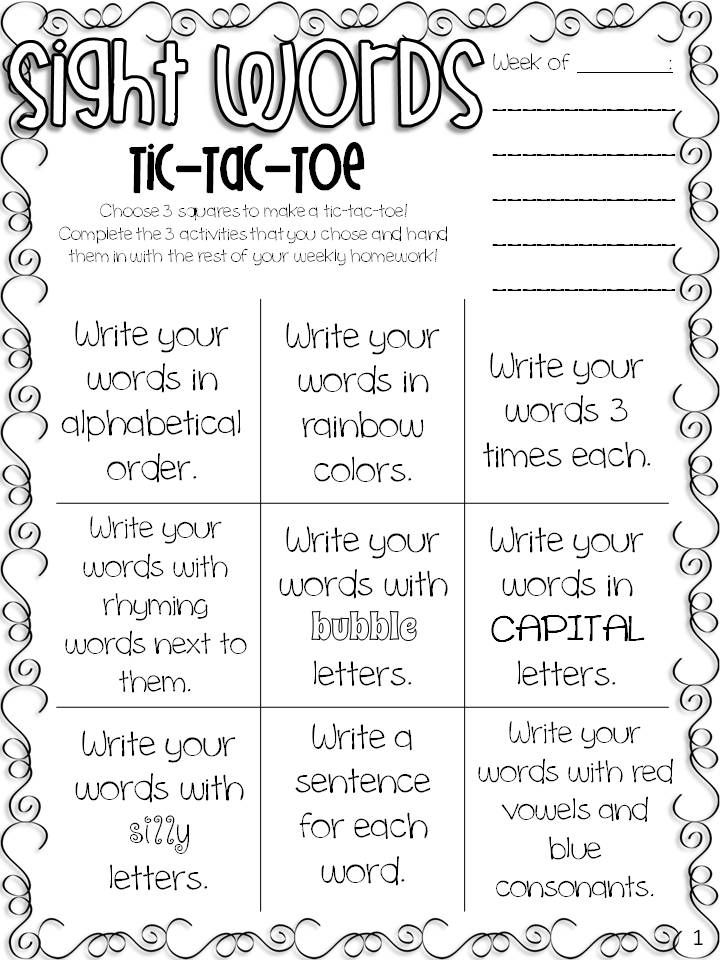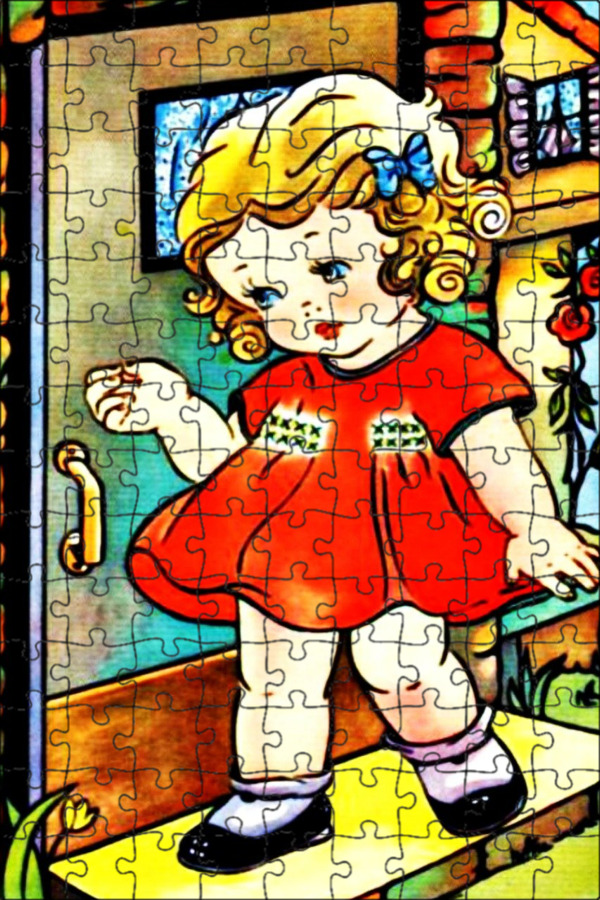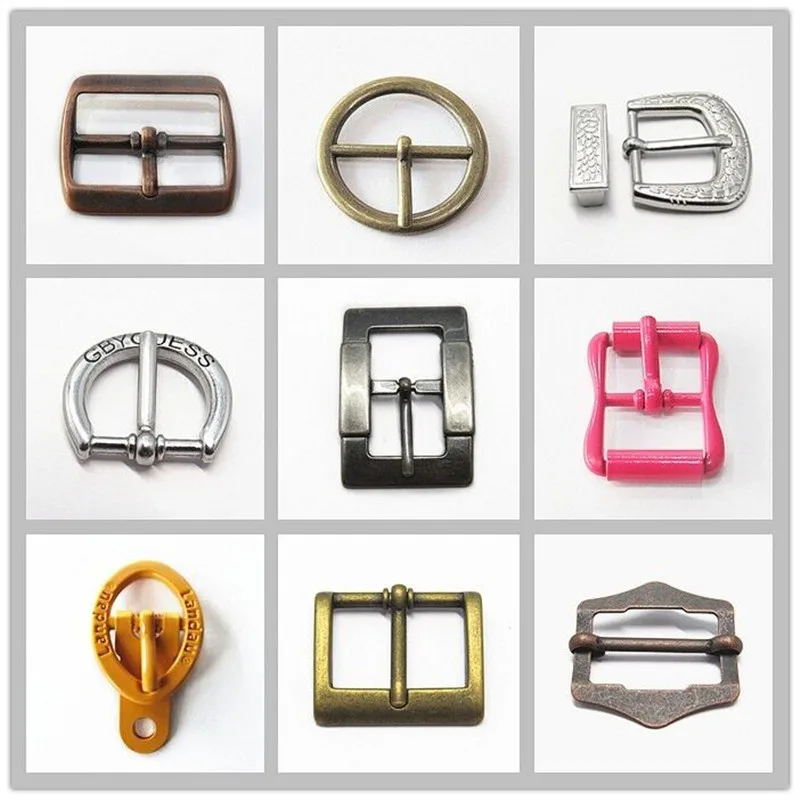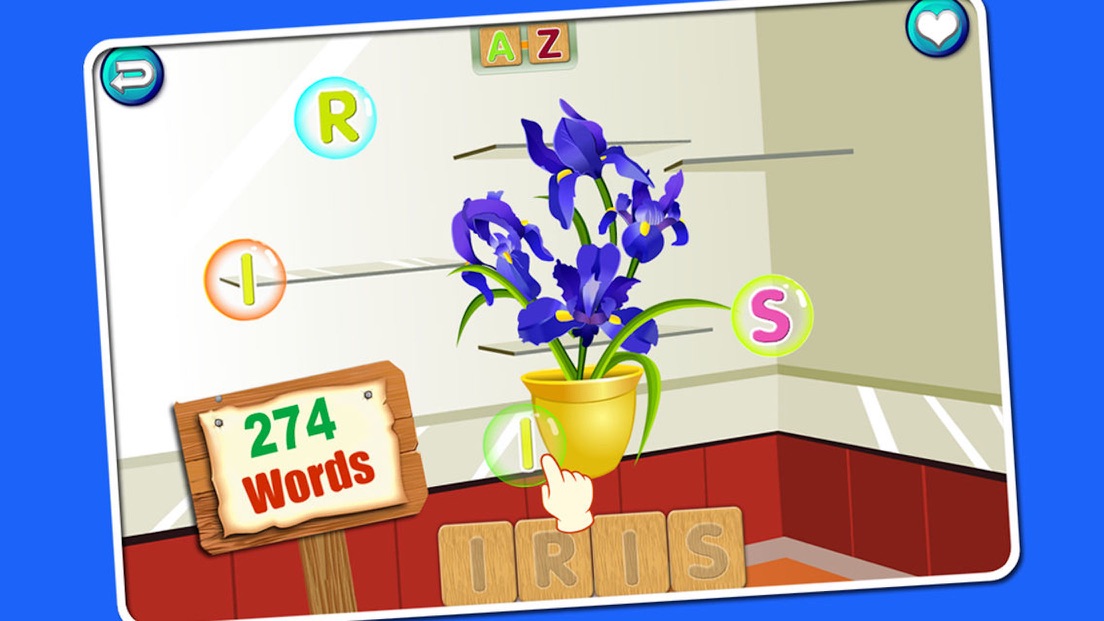Math lesson plan for pre k
Hands-On Math Activities for Preschoolers
Disclosure: This post contains affiliate links to Amazon. See my disclosure policy for details.
Math is so fun to teach to preschoolers because there are a lot of daily activities that incorporate math. Preschoolers don’t need worksheets for math…they should learn through play and hands-on activities.
1. Patterns with Bears
Counting Bears are a great math manipulative to use with preschoolers. You can sort, count, or use them with patterns.
I created some pattern cards to help with this. The first page is an AB pattern, meaning two colors alternate in the pattern. The second page is an ABC pattern, meaning three are three colors in the pattern. For this activity, your preschooler will set the colored bear on top of the matching color to create a pattern. On the ABC pattern cards, the last circle is left empty. That is for your child to tell you what color it should be.
You can get the color patterns printable at the bottom of this post.
Math Skill: Patterns and Relationships
You can find more pattern activities here.
2. Sorting Colors with Bears
Sorting is a skill preschoolers should work on a lot. One way to sort is by color. We do this with our counting bears and a sorting mat.
You can get the sorting mat printable at the bottom of this post.
You can even use colored tape and pom poms to practice sorting! Add in some tweezers for some extra fine motor practice.
We also love counting mats! These are great for learning to count and working on one-to-one correspondence.
Math Skill: Patterns and Relationships
3. Money Muncher
A fun way to work on sorting is with the Money Muncher! It’s also a great activity for fine motor skills. To see all the fun details, click here.
Math Skill: Patterns and Relationships
4. Sorting Jelly Beans
Anytime we work with candy, my kids love it! You can sort M&Ms or jelly beans or whatever! To see how we did this with jelly beans, click here.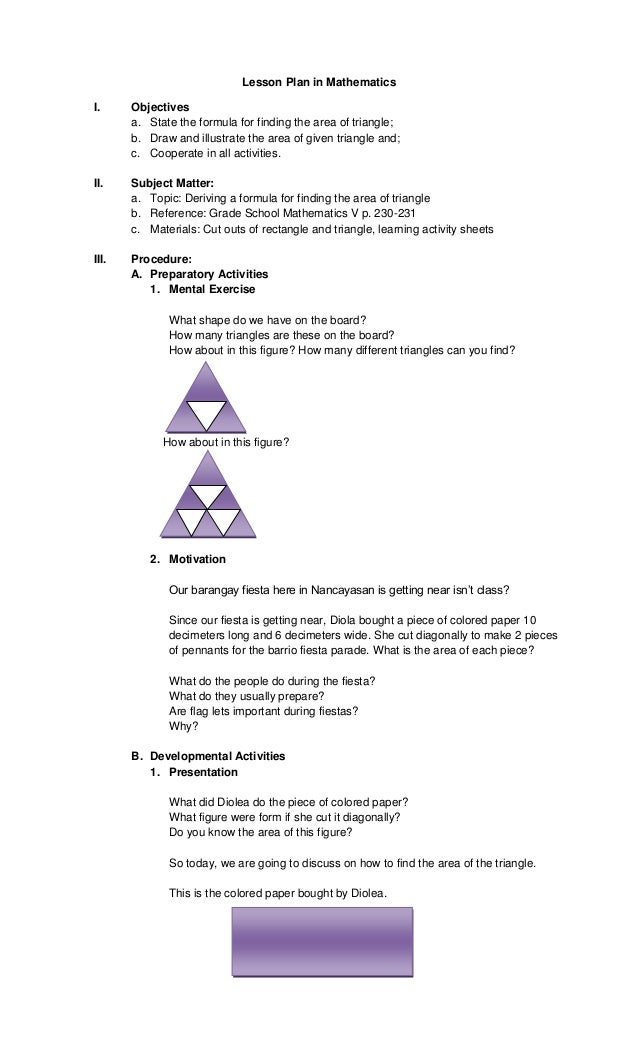
You can get the jelly bean sorting printable at the bottom of this post.
One more idea for sorting is by using toy animals. Have them sort by different characteristics, such as land animals and sea animals.
Math Skill: Patterns and Relationships
5. Graphing
Graphing is always good to introduce to preschoolers. It doesn’t have to be complex, but you can do a simple activity like graphing the types of transportation on a bar graph and use small pictures or toys (or I used erasers from The Dollar Tree).
Make graphing hands-on using apples! Even young preschoolers can begin learning about graphing with this activity.
Check out this free gumball graphing activity right here.
Math Skill: Patterns and Relationships
6. Shape Wheel
This is a fun activity for learning shapes! Just print this shape wheel and draw the same colored shapes onto clothespins.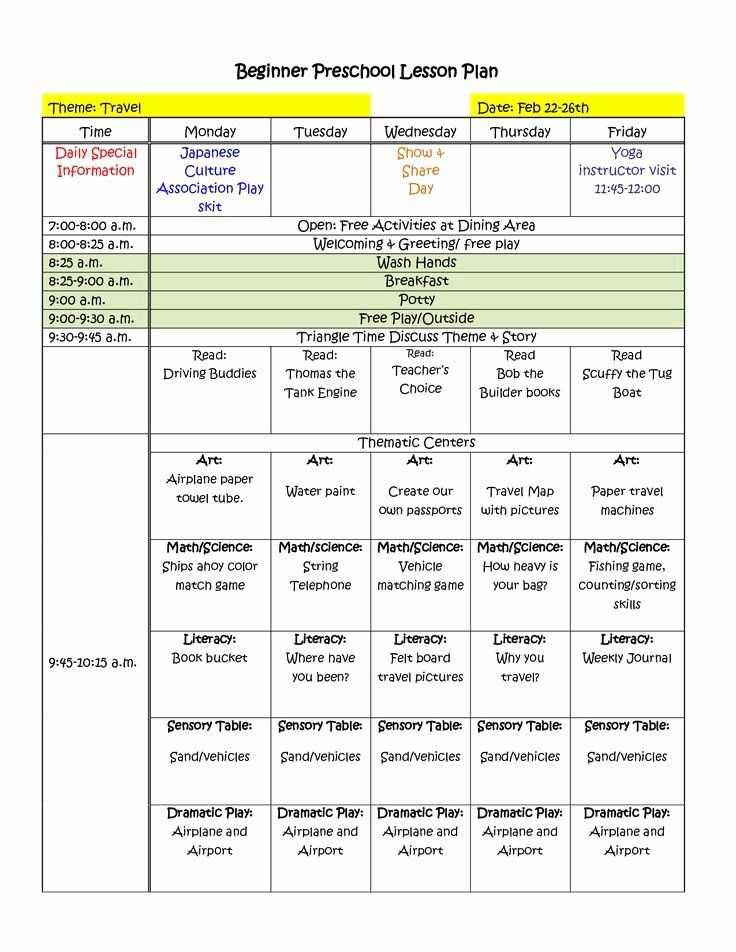 Have your child match the clothespin to the shape on the wheel. This is great for working on fine motor skills!
Have your child match the clothespin to the shape on the wheel. This is great for working on fine motor skills!
You can get the shape wheel printable at the bottom of this post.
Math Skill: Geometry
7. Shape Sorter
An easy way to practice shapes is with a Shape Sorter! I bought these shapes at Michaels Craft Store many years ago, but these 3D geometric shapes would be a good option if you’re interested in creating a Shape Sorter. Check out this post for details on how to make this easy math activity.
Math Skill: Geometry
8. Noodle Shape Cards
A neat sensory activity and a fun way to learn shapes are with noodles! See the post here to download the free shape cards.
Math Skill: Geometry
9. Foam Sticks
Learn shapes in the tub with these foam sticks! You can see how we did this here.
Another fun way to practice shapes is with the cookie shapes matching activity!
And my favorite way to teach about shapes is with my shape rhymes!
10.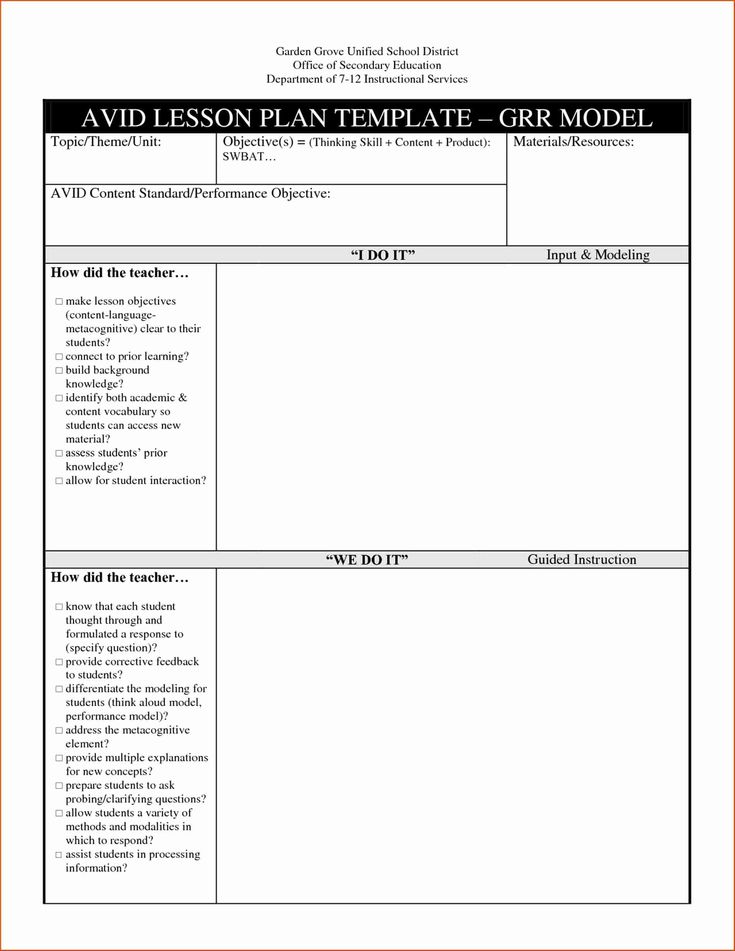 Dice Game
Dice Game
This is a really fun game! I took this Melissa & Doug wooden toy and put white circle stickers on the top of the pegs. I wrote numbers 1-6 and had 2 stars. I had my son roll the dice and whatever number it landed on, he would pound with a toy hammer. If the number he rolled was already down, he hit the star. Not only was this fun for him, but he was able to “subitize”, which simply means to recognize numbers instantly without counting the dots.
Math Skill: Number Concepts
11. Star Number Cards
Practice counting and recognizing numbers with star number cards. This one is great for working on one-to-one correspondence and fine motor skills.
You can get the star number printable cards at the bottom of this post.
Math Skill: Number Concepts
12. Ladybug Math
We made these adorable ladybugs and they were a hit! Not only were they fun to play with, but we did a lot of counting and sorting with them.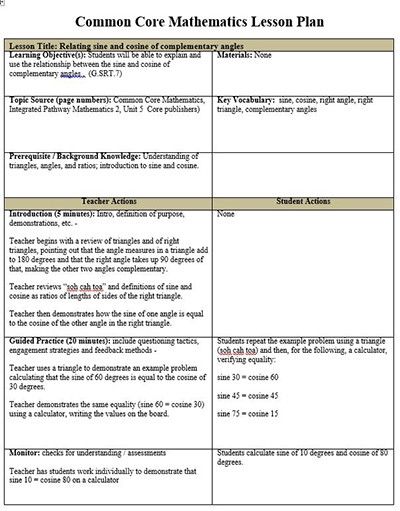 Read all about it here.
Read all about it here.
Math Skill: Number Concepts
13. Balloons
Learn the order of numbers with this really fun game involving balloons! Check out the details here.
Math Skill: Number Concepts
14. Estimating with Water
We learned about estimation with a dropper with some fun, hands-on water activities.
Math Skill: Measurement
15. Pouring and Comparing
We practiced pouring skills with rice into these beakers. Then I had my son line them up from biggest to smallest. Using comparative words like big/small or empty/full help teach preschoolers about simple concepts of measurement. This is simple and you could elaborate on this activity.
One more easy way to practice measurement is with Unifix cubes. Place different lengths of tape on the floor or poster board. Then have your child use Unifix cubes to measure the lines.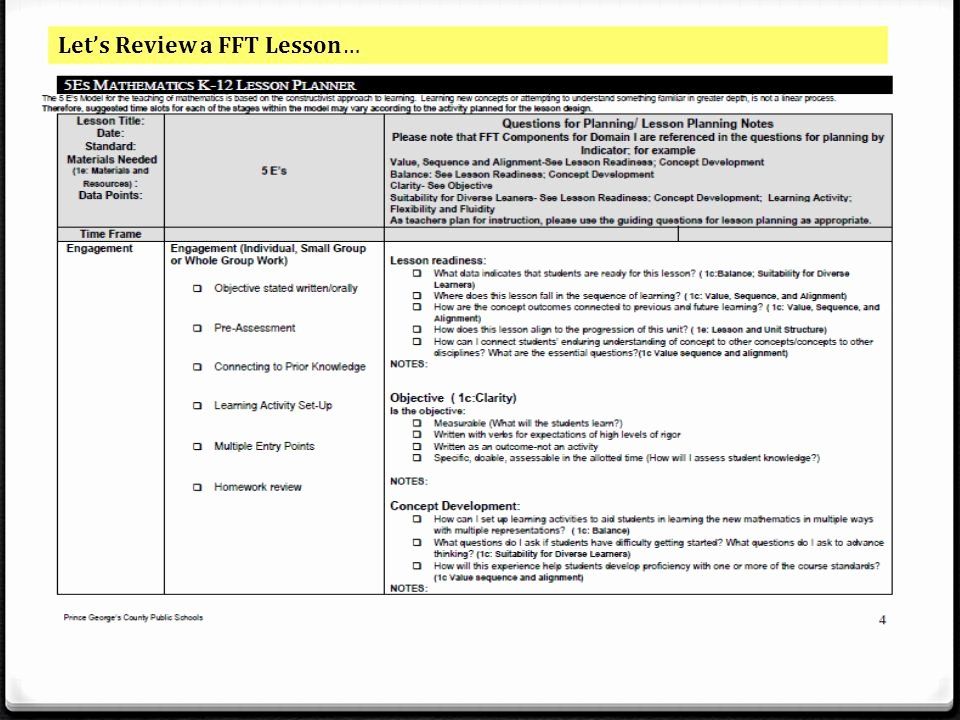 This is a simple way to practice counting, measuring, and comparing lengths.
This is a simple way to practice counting, measuring, and comparing lengths.
Math Skill: Measurement
Lastly, check out this really easy and fun way to practice counting!
If you’re looking for digital math activities, make sure to check out my counting activities using Google Slides.
If you’d like to download the 5 free printables I shared in this blog post, just click on the button below!
How to Write Preschool Lesson Plans for Math
September is almost here, which for most preschool teachers means it’s time to checking off the list of things to do while it’s still summer in anticipation of returning to the classroom after Labor Day. One thing that may be on that list of solidifying your preschool lesson plans for math.
With the gaining popularity of my post How to Write Preschool Lesson Plans a Year in Advance, I continue to get more and more questions about how to prepare for math.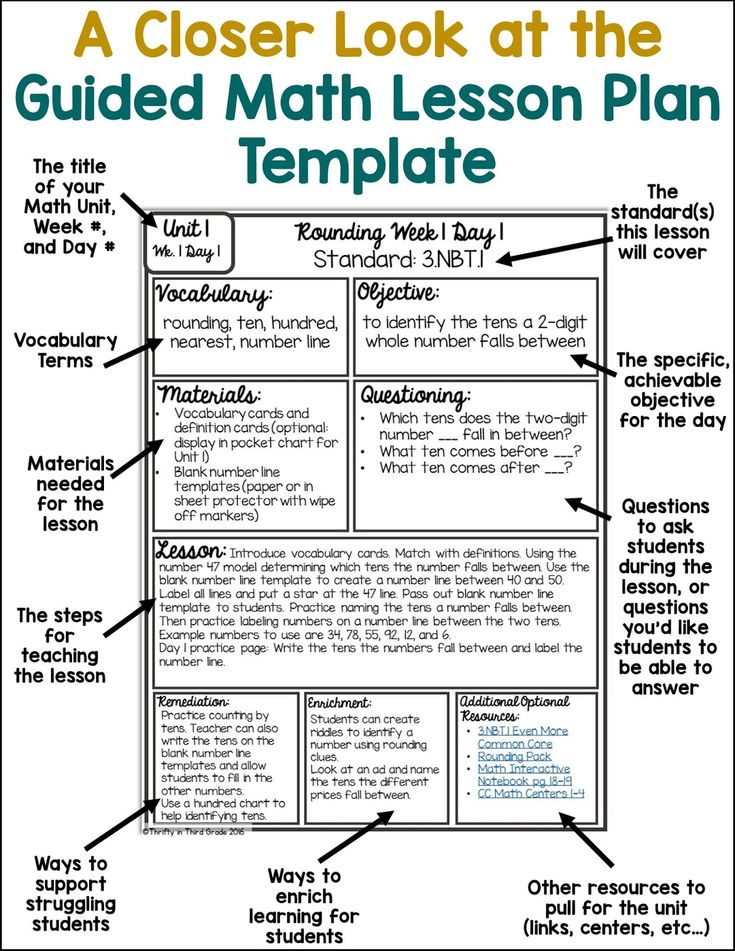 What skills need to be taught and in what order? Today I’m not only sharing with you my actual and real preschool math lesson plans, but I’m sharing with you exactly how I went about writing them.
What skills need to be taught and in what order? Today I’m not only sharing with you my actual and real preschool math lesson plans, but I’m sharing with you exactly how I went about writing them.
The Five Disciplines of Math
There are five disciplines of math, so my goal, even as a preschool teacher, is to incorporate all those disciplines into my lesson plans. Those five disciplines are: number sense (counting and adding and subtracting), algebra (positions and patterns), geometry (shapes), measurement and data analysis (graphing). Every one of them can be taught in preschool.
The question then becomes, “How do I teach all five disciplines in a sequential and intentional manner when I only have my preschoolers for a total of five to seven hours a week?” It sounds like a lot to cover in a short amount of time. And it is…
But, I have a solution.
Spiraling Preschool Lesson Plans for Math
The answer is to spiral the math curriculum.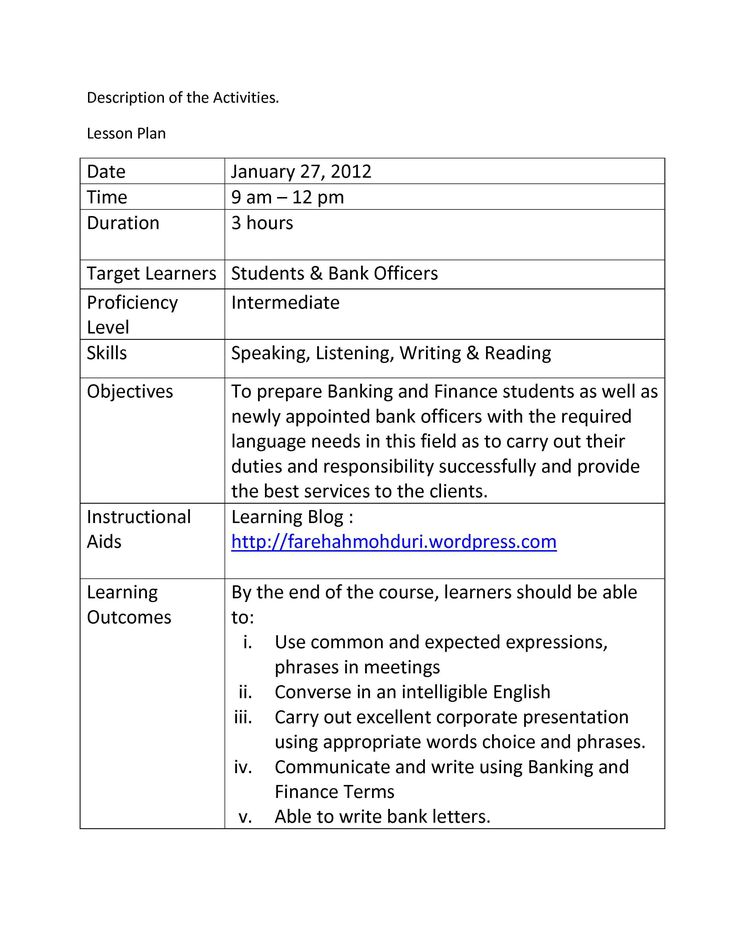
That means to not teach concepts in whole units, but to break them up to spread out the learning over time. Rather than teaching the entire unit in a concentrated amount of time and keeping your fingers crossed that the students mastered everything you taught, you have the opportunity to return to the content. So, instead of spending the entire month of September learning about shapes (geometry), you might focus on shapes for a week and then teach a week on measurement, counting for a week, and so on.
But I did tweak the traditional spiraling concept for my preschool math lesson plans.
Stay At Home Educator’s Preschool Lesson Plans for Math
I know the importance of building number sense. I believe it is the most important math discipline because without competence in number sense most cannot be competent in other disciplines. Number sense includes counting and identifying quantities, number recognition, subitizing, addition and subtraction, as well as more abstract concepts like number relationships and using mathematics in real world situations.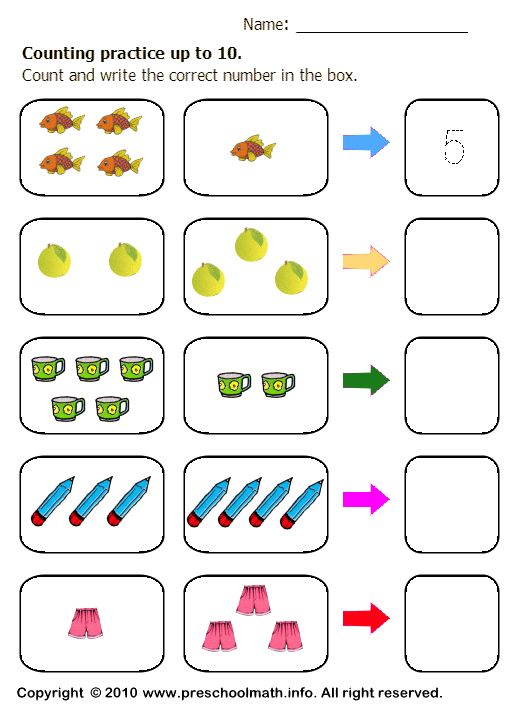 We want children to develop very strong number sense skills because we want them to have fluidity and ease in these foundational math concepts.
We want children to develop very strong number sense skills because we want them to have fluidity and ease in these foundational math concepts.
So, with number sense being so important, I like to break it down so that my preschoolers are getting practice and reinforcement all year long. In my math lesson plans, we spiral back to the number sense strand nearly every other week.
This is How I Spiral
The first three months of my scope and sequence looks like this:
School Week 1 – Shapes
School Week 2 – Counting 0-5
School Week 3 – Sorting
School Week 4 – Counting 0-5
School Week 5 – Patterning
School Week 6 – Counting 0-5
School Week 7 – Measurement
School Week 8 – Counting 0-5
School Week 9 – Graphing
School Week 10 – Counting 0-10
School Week 11 – Shapes
School Week 12 – Counting 0-10
So, then, I took my preschool math units, which all have four weeks, and divided them up according to weeks, so then it looked like this:
School Week 1 – Shapes Week 1
School Week 2 – Counting 0-5 Week 1
School Week 3 – Sorting Week 1
School Week 4 – Counting 0-5 Week 2
School Week 5 – Patterning Week 1
School Week 6 – Counting 0-5 Week 3
School Week 7 – Measurement Week 1
School Week 8 – Counting 0-5 Week 4
School Week 9 – Graphing Week 1
School Week 10 – Counting 0-10 Week 1
School Week 11 – Shapes Week 2
School Week 12 – Counting 0-10 Week 2
As you can see in the above, I broke down the number sense discipline into even more groups, focusing on building strong skills in counting 0-5, then counting 0-10, counting 0-20, and finally addition and subtraction.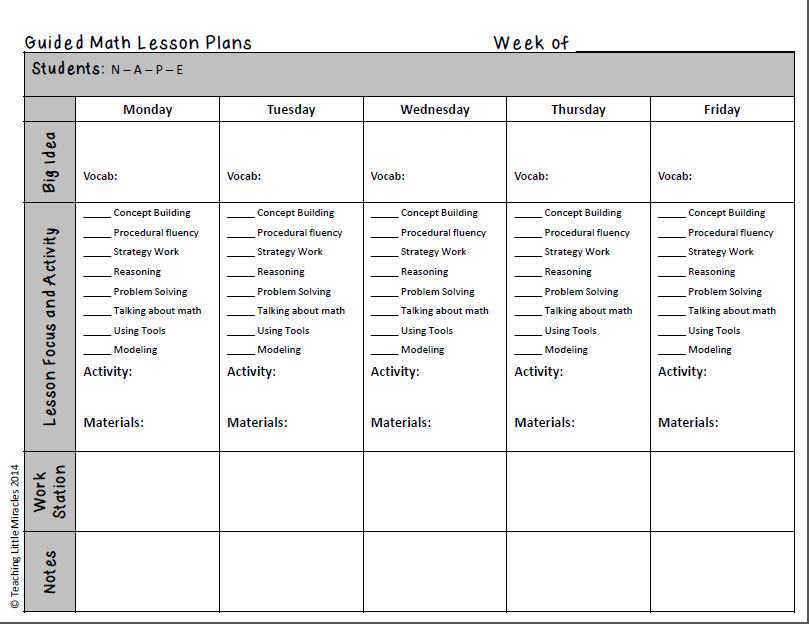 With them subdivided like this, my preschoolers get more practice and reinforcement in number sense skills every other week, in addition to the fun and little activities, like counting songs, that we do on a daily basis.
With them subdivided like this, my preschoolers get more practice and reinforcement in number sense skills every other week, in addition to the fun and little activities, like counting songs, that we do on a daily basis.
The Daily Outline of My Math Time in Preschool
My daily lesson plans cover some important elements which I believe are pivotal to the success of my students.
I start my preschoolers off with a “problem of the day”, which is a short review, hands-on math problem that gets our brains into the math mindset. Then we read and discuss some math books (that’s for another post) related to the unit content, followed by small group concept or skill work. Finally, our math time ends with centers. I’ve designed eight centers per math unit, which means two new centers each week for my students. And of course, these same math skills get reinforced in free choice centers, too, like in the dramatic play and block areas.
Now, we don’t do all of this every single day…at least not all the time.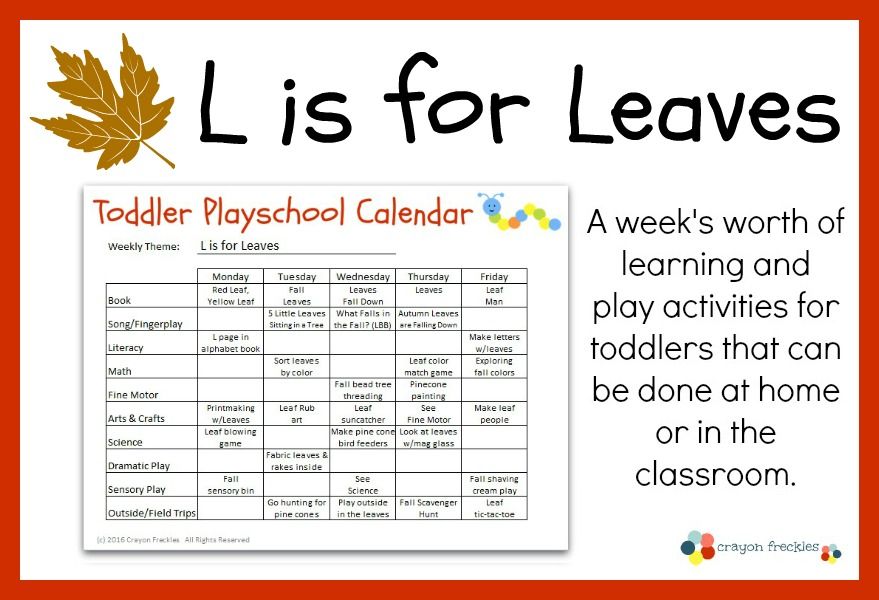 I take cues from the children, but as usual, I’ve over written my lesson plans so that depending on the day and class I have plenty, and I mean PLENTY of activities and centers to choose from.
I take cues from the children, but as usual, I’ve over written my lesson plans so that depending on the day and class I have plenty, and I mean PLENTY of activities and centers to choose from.
Preschool Math Lesson Plans for Sale
I have now walked you through how to write math lesson plans. Yet, you have another option.
You don’t have to reinvent the wheel! Due to reader demand, I am now offering my preschool math lesson plans for sale. You can buy each unit separately, or you can buy the counting units as a bundle. But…the greatest value is in the Yearly Preschool Math Lesson Plans Bundle. By purchasing it bundled you save over 20%!
These are also available at the Teacher’s Pay Teacher’s store.
Included in this bundle are the following units:
~ Shapes
~ Counting 0-5
~ Comparing and Sorting
~ Counting 0-10
~ Position and Patterns
~ Counting 0-20
~ Measurement
~ Graphing
~ Addition and Subtraction
Each unit includes the following:
~ 4 weeks of lesson plans
~ 30+ hands-on activities
~ 8 printable centers
~ 8 optional literacy activities
You will also receive my complete MATH SCOPE AND SEQUENCE, (yup, the rest of the spiraling scope and sequence I shared above), taking the guesswork out of planning your year.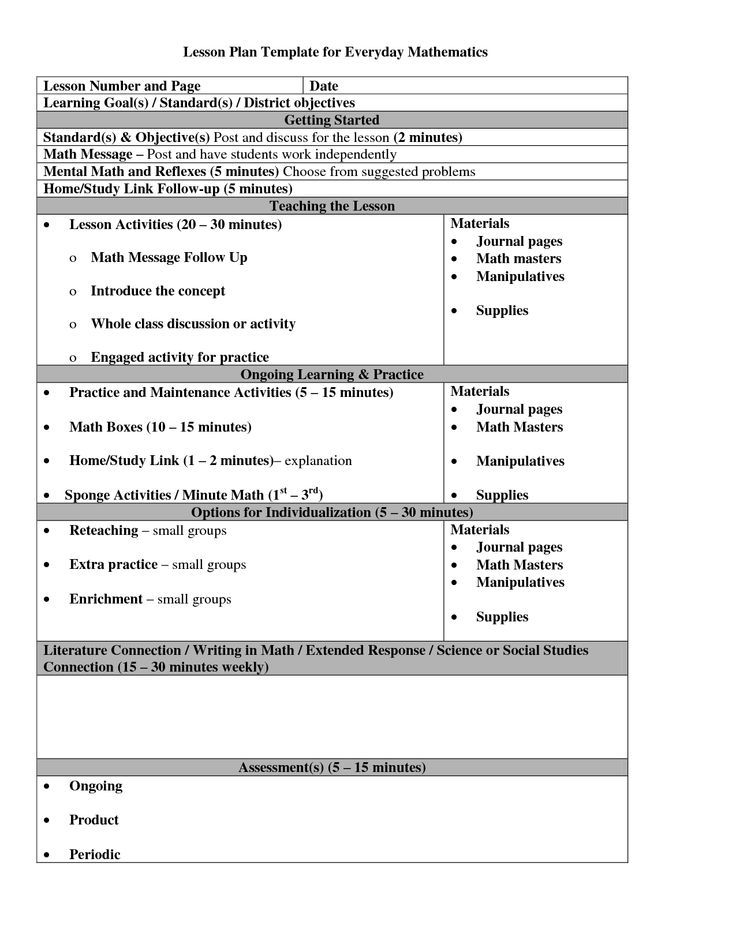
Because you already have enough to do without worrying about how to teach preschool math.
Sarah Punkoney, MAT
I’m Sarah, an educator turned stay-at-home-mama of five! I’m the owner and creator of Stay At Home Educator, a website about intentional teaching and purposeful learning in the early childhood years. I’ve taught a range of levels, from preschool to college and a little bit of everything in between. Right now my focus is teaching my children and running a preschool from my home. Credentials include: Bachelors in Art, Masters in Curriculum and Instruction.
stayathomeeducator.com/
Ready lessons in pdf from Beginner to Upper-Intermediate
7467
0
We congratulate you on the New Year and give you a large selection: ready-made lessons from Skyeng methodologists and teachers for levels from Beginner to Upper Intermediate.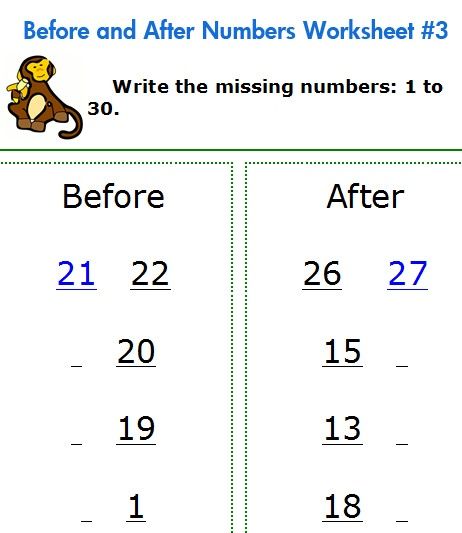 We wish you to sleep on vacation and spend time the way you want.
We wish you to sleep on vacation and spend time the way you want.
Ready lessons for Elementary level
At the elementary level of English A1 according to CEFR (Common European Framework of Reference), an adult student uses simple phrases and basic grammar in speech: Present Simple / Continuous, Past Simple, imperative and degrees of comparison. He has difficulty understanding short texts, but will be able to fill out a questionnaire and write a short description with common vocabulary.
Lesson Plan on IT
Birdwatching
Lesson Plans for the Pre-Intermediate level
The Pre-Intermediate level is also called pre-threshold, as the student already understands texts of medium complexity, but speaks with difficulty. The grammar largely repeats what was at the previous level, but with new nuances. Vocabulary includes more abstract topics: Ecology, Relationships, Technology.
Inspire your heart with Art day
World No Tobacco Day
Staycation boom
Yummy Lesson
Ready lessons for the Intermediate level
mistakes and sometimes unsuccessfully select vocabulary.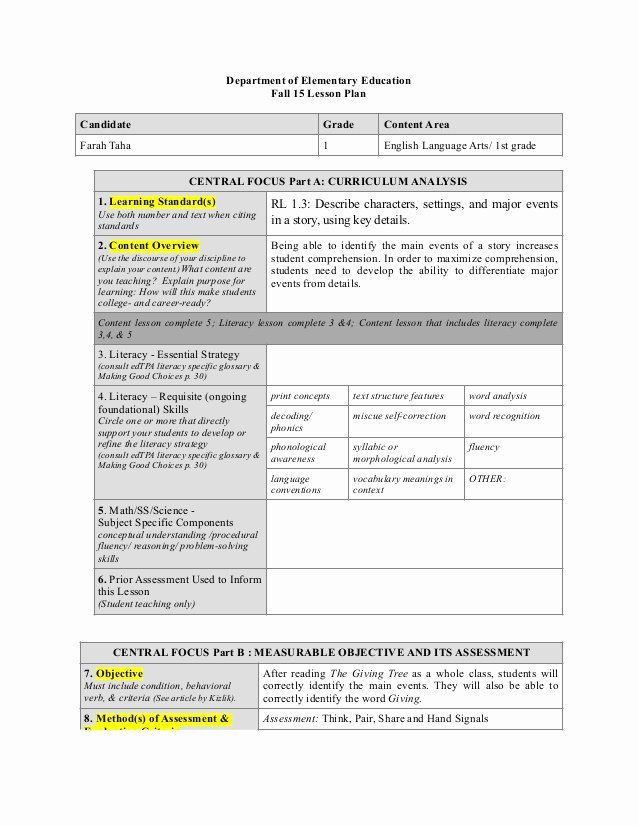 At level B2, teachers introduce grammar on topics: Conditional I, Conditional II, passive voice, work out all tenses of the English language.
At level B2, teachers introduce grammar on topics: Conditional I, Conditional II, passive voice, work out all tenses of the English language.
George Washington
Weird Jobs
Wedding traditions around the world
World Environment Day
Upper Intermediate Lesson Plans
At the Upper Intermediate level, students can understand fluent speech and express themselves clearly. They freely use complex vocabulary and grammar, although they sometimes make mistakes in new material.
At level C1, wish/if only, would structures are introduced to express habits in the past, conditional sentences of the third type, work out all tenses in the active and passive voice.
Earn with Skyeng
Olesya Shcherbakova
English Teacher (TKT YL, TESOL 220 with TYL, TBE and TP), Methodist Skyeng
Bookmark
Share link
Lesson plan: learning the names of school supplies
1999
3
The new academic year has begun.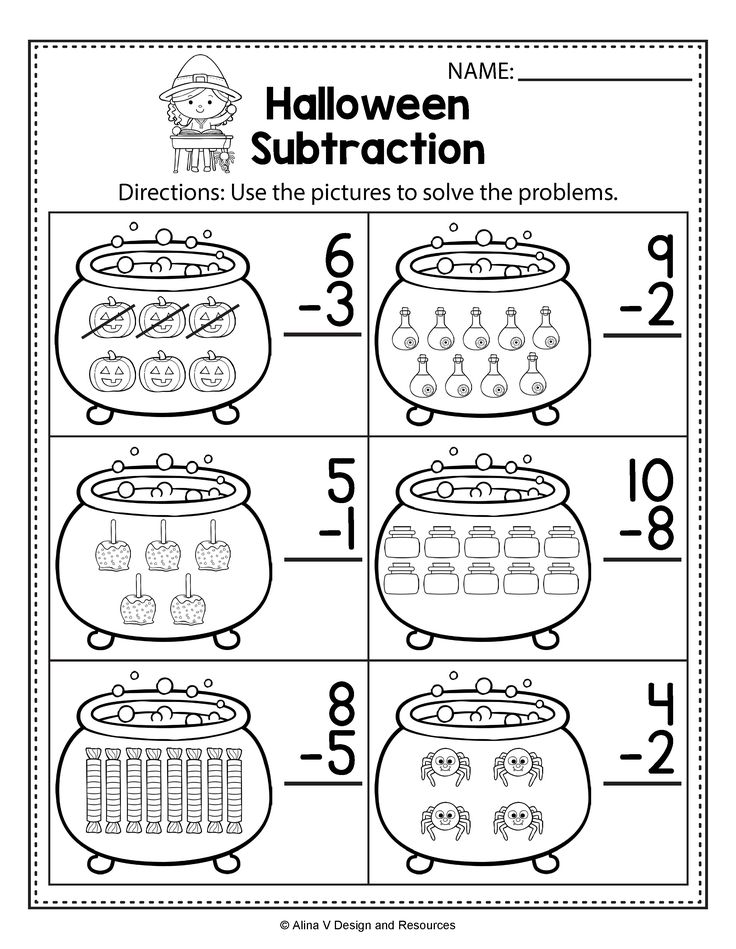 Today we will analyze how to repeat the names of school supplies in a fun and effective way and complete a backpack for school. In the article, as always, you will find a sea of interesting tasks, games, enchants, printouts and methodological recommendations.
Today we will analyze how to repeat the names of school supplies in a fun and effective way and complete a backpack for school. In the article, as always, you will find a sea of interesting tasks, games, enchants, printouts and methodological recommendations.
Lesson Content:
- Warm-up
- Lesson Vocabulary
- Word Games
- Game Chant
- Pronunciation
- Alien Invasion
- Project homework
- Additional assignments
1. Warm-up
A rebus can be a great start to such a lesson. It will immediately set the right mood.
I'm red or blue or green or black.
You zip my zippers here and there.
I am always riding piggyback.
Answer : backpack
0090
The student guessed the pair if he not only found the correct pair, but also named it correctly.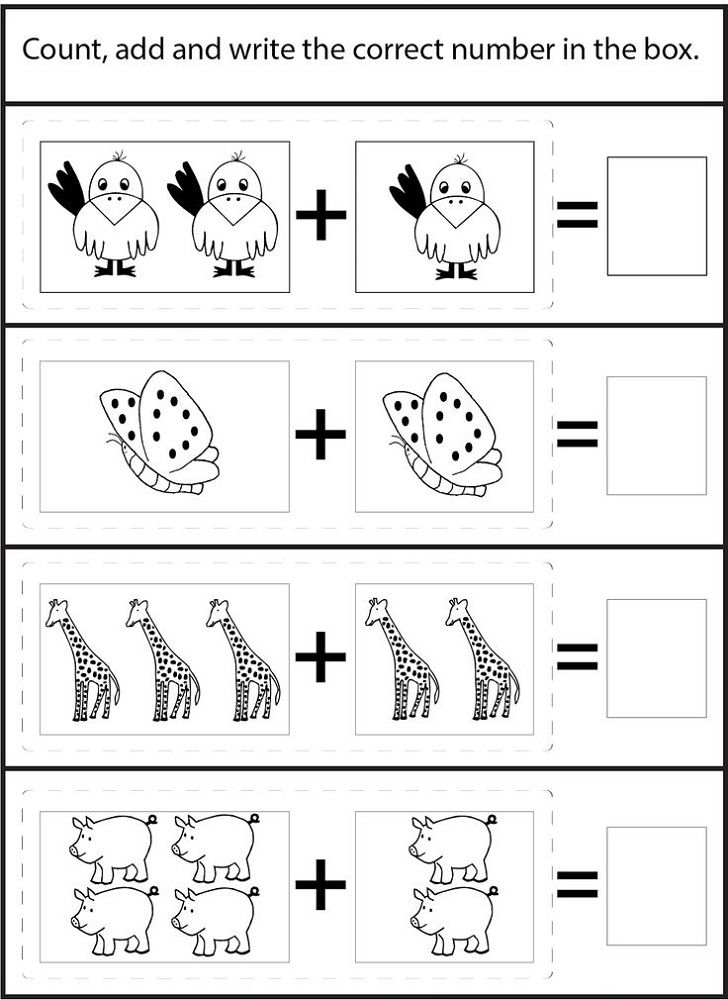
P.S. You can also connect the picture of the object with the spelling of the word.
Yes-No game
- Show the student the subject card and say This is a pen.
- If the statement is correct, then the student shows “class” with his hand (thumbs up) and says Yes.
- If the statement is false, then crosses his arms, showing a cross, and says No.
You can then switch roles with your child.
Playing with reality
- Ask the student to bring a backpack and various school supplies.
- Next, we voice the command Put your book in your schoolbag to the student. And so on with all our school supplies.
- For each item correctly chosen and put into the backpack, we give the child stars, which he can then exchange for a prize.
P.S If the game with realities is not possible, then you can use the picture with the objects. For example, this one:
4.
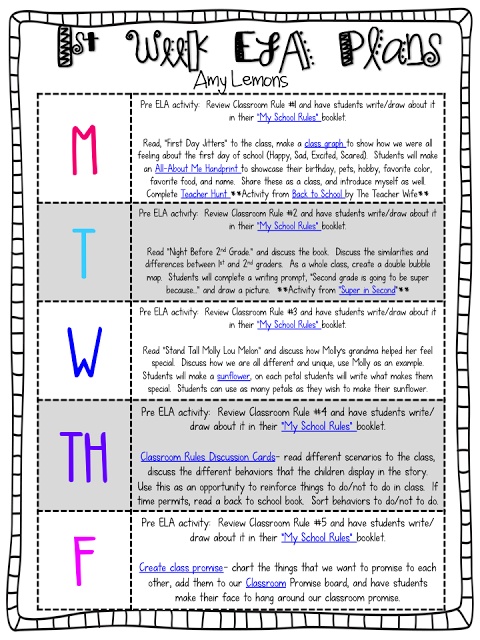 Chant with games
Chant with games Teaching kids to speak begins first of all with training the ability to perceive and understand the language by ear: songs, chants, stories and animations that contain key words and phrases. Getting acquainted with them and performing various tasks, the student expands and strengthens the stock of expressions necessary for communication. Next, there should be communicative tasks in which the learned material is used. These can be situational dialogues, role-playing of stories, discussion of pictures.
Let the student just listen to the chant on the first listening, and try to sing along on the second.
Game Memory
- Turn the chant on again.
- Ask the student to close their eyes and name the items in sequence as they appear in the chant.
- Give hints if necessary.
5. Work on pronunciation
Work on pronunciation is an equally important stage of work in the lesson. Sound training [p] fits perfectly on the topic of school supplies.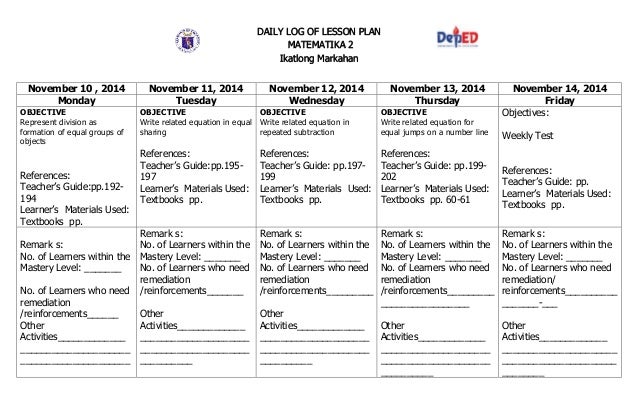
Our hero Pam can help you practice your pronunciation. Play the video and have the student repeat after the character.
It is possible to organize work on pronunciation using realities.
- Ask the student to take a piece of paper and bring it to their mouth.
- Then offer to pronounce the sound [p] several times so that the piece of paper moves.
- Next, ask them to try other words with this sound, eg pink, purple, pen, pencil, Pam, puzzle.
- green
- put
For lovers of visual games, here is the task that we implemented in one of our lessons on our own platform.
6. Alien invasion
A plot twist will help dilute the lesson. Set the situation and offer to play bingo.